Blog
Wastewater treatment in big cities: follow Hanoi's example
Hanoi is planning to build a sewer system to direct the polluted water from the To Lich River to a wastewater treatment plant. What seems to be a difficult solution is more cost-effective than other projects and will not interfere with the city’s traffic.
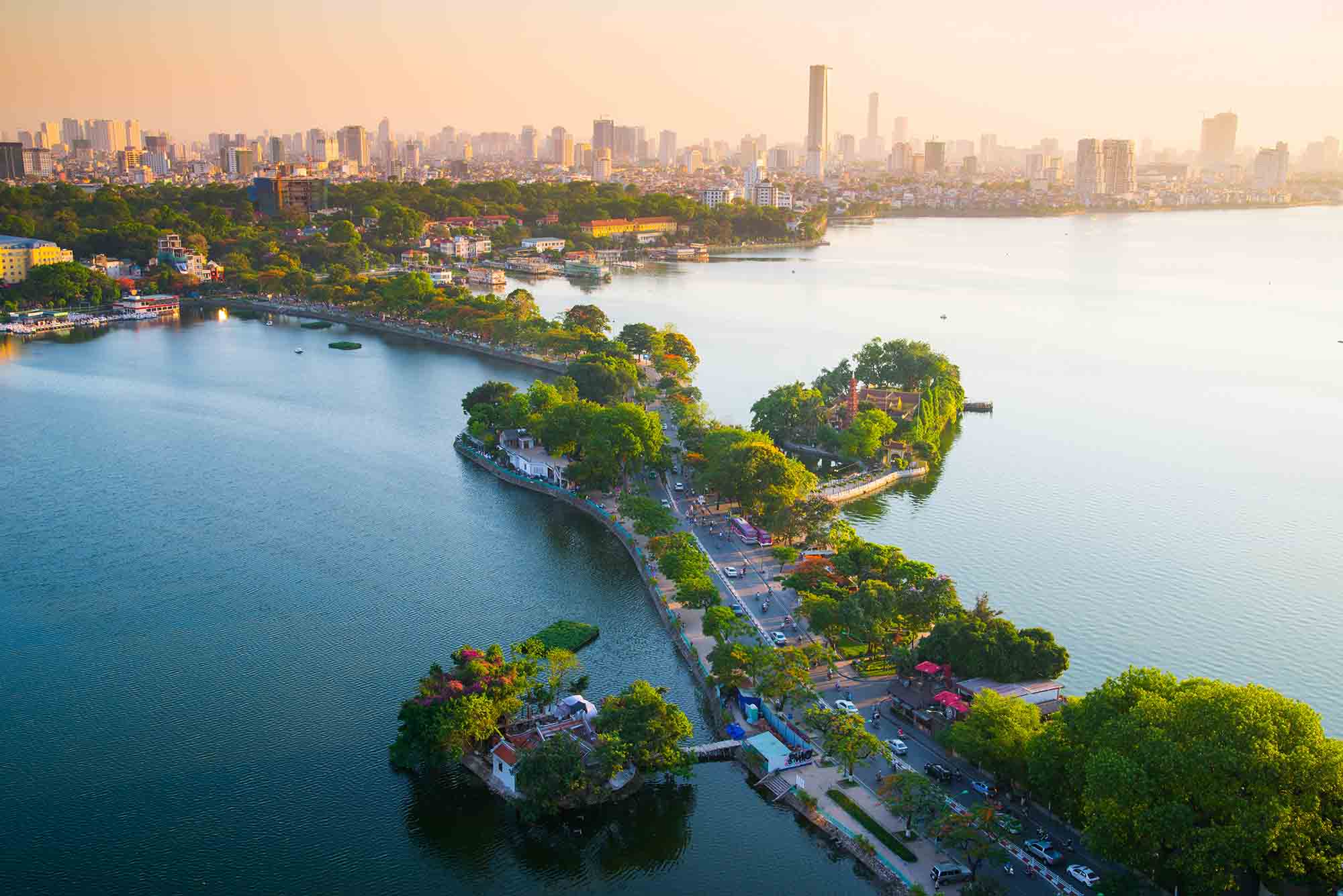
Sewage outlets empty 150,000 cubic meters of untreated household wastewater into the To Lich River every day. Wastewater from factories adds to the pollution.
The 14km running river has become infamous for its stench and blackish water. Hanoi, however, intends to improve the situation by installing a special sewer system under the To Lich River.
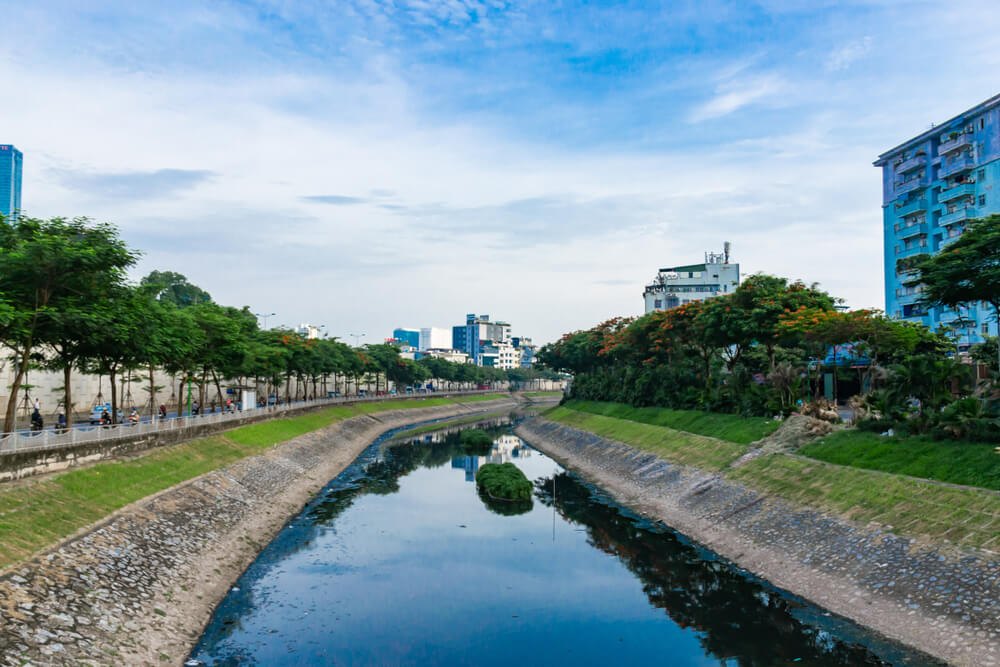
Under the river bed
A Japan-Vietnam company tried to clean 300m of the To Lich River by installing nanotechnology equipment last year. The nano-bioreactor technology works by infusing oxygen into the river to activate beneficial microorganisms and create a suitable environment for them to live in.
The company working on it ended its pilot project in November without stating the reason. Most likely, because the project did not work.
The city takes other actions to help clean the Hanoi waters. Progress is expected from a 13km long sewer system to be built under the To Lich River bed.
The sewers will collect and send wastewater to a treatment plant in Yen Xa in Thanh Tri District. Sewers will run more than 52 km in total.
As for the previous project, a Japanese company was contracted to build the sewer system. The work is expected to begin this quarter and be completed in 48 months for the total price of $688 million.
Nguyen Duc Chung, city Chairman, said the construction of sewers under the riverbed is convenient since it would speed up the entire project, be cheaper and not affect traffic.
But first, the treatment plant
Before putting the sewer system in commission, it is crucial to finish the construction of the Yen Xa wastewater treatment plant, confirms Chung who asked contractors to speed up the construction.
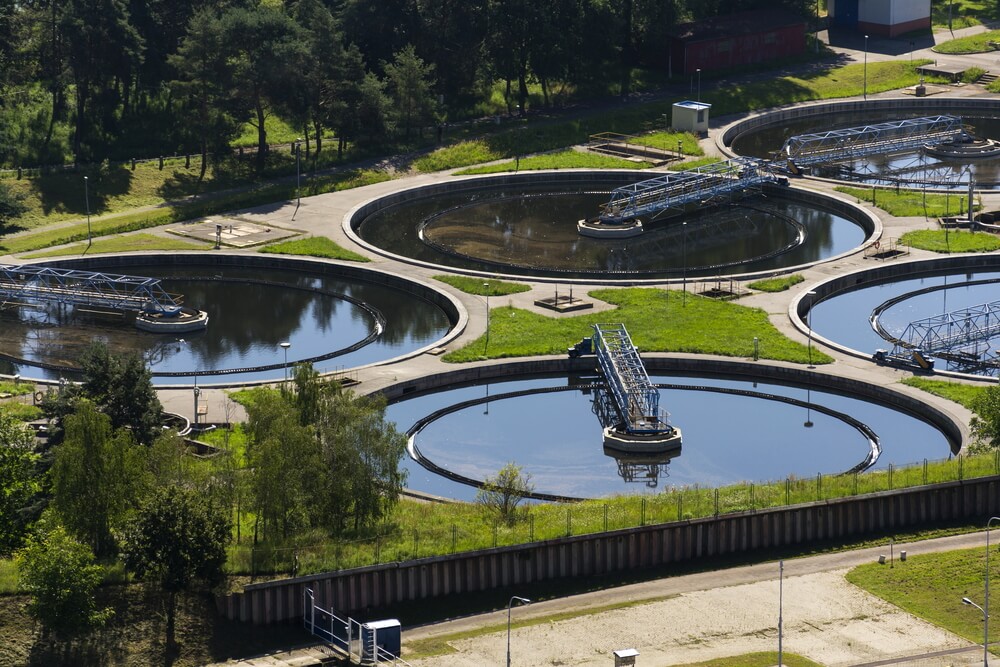
Before the construction works on the sewer system can start, the wastewater treatment plant must be finished.
If necessary, the contractor promised to increase manpower and machinery to work three shifts in order to accelerate the project which must not be delayed.
The WWTP will be covering almost five hectares and will be able to handle 270,000 cubic meters of waste water per day.
Another project
More than 60 percent of the Vietnam population is connected to mains sewer, with only 10 percent of wastewater treated. Therefore, every project to help is warm welcome.
Besides the sewer system, Hanoi also starts another project: a biological wastewater treatment plant to use natural plant treatment.
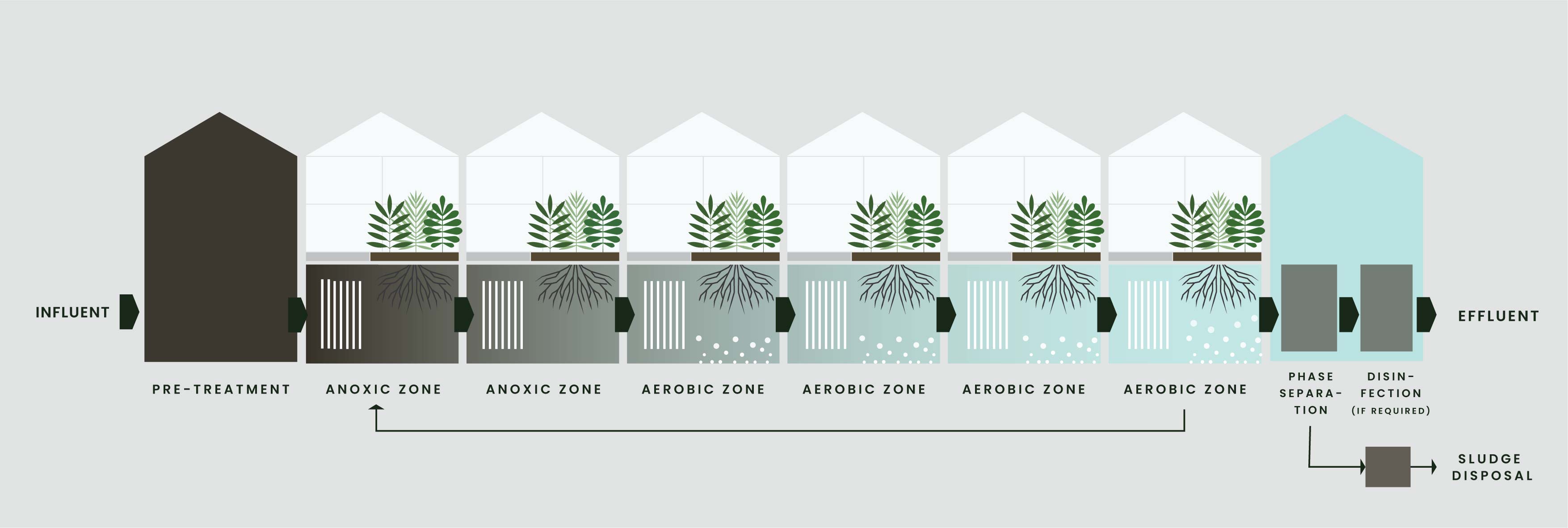
Plant roots treatment system from Organicawater.com/facility
In practice, the sludge uses natural, plant roots to encourage the growth of biomass that consumes the load in the effluent. The advantage of using a natural system is its odorlessness, possibility to be employed in larger cities and much closer to the source.
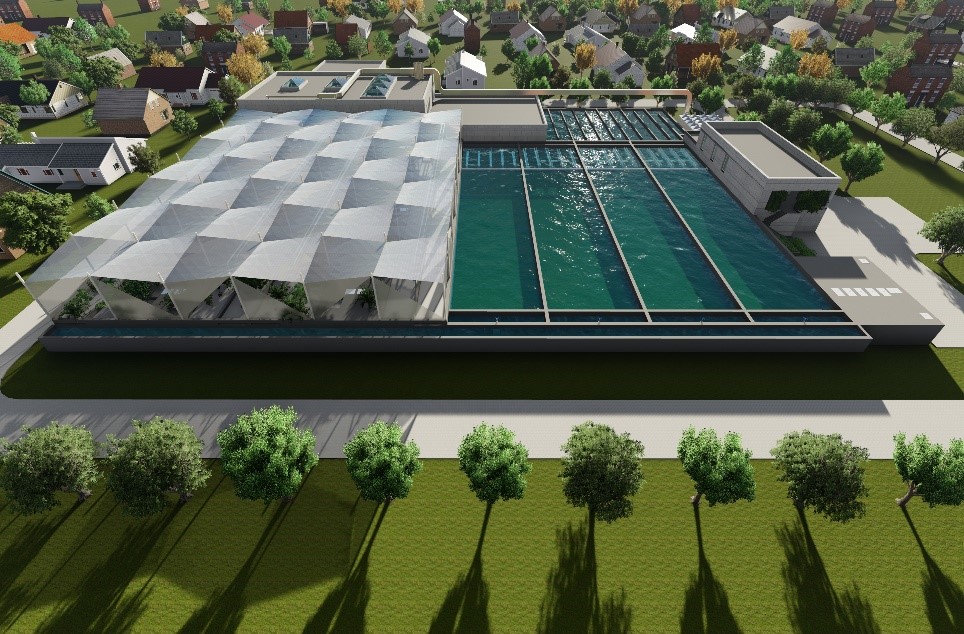
Final design of the biological treatment plant from Organicawater.com/facility
The treated water will subsequently be reused. The Hanoi WWTP will take delivery of the 38,000 m3/day.
Hydrotech also offers biological wastewater treatment. We consider the major benefits to be lower space requirements, possibility to be built in an existing environment and customer's choice of covered or underground WWTP.
Why is water treatment in cities vital
As a matter of course, the bigger the city and the higher the population, the higher the need for wastewater treatment. Why?
BBC’s survey of the world's 500 largest cities estimates that one in four are in a situation of "water stress", i.e. have insufficient drinking water resources and are threatened by water scarcity in the future. The UN suggests that global demand for fresh water will exceed supply by 40% in 2030.
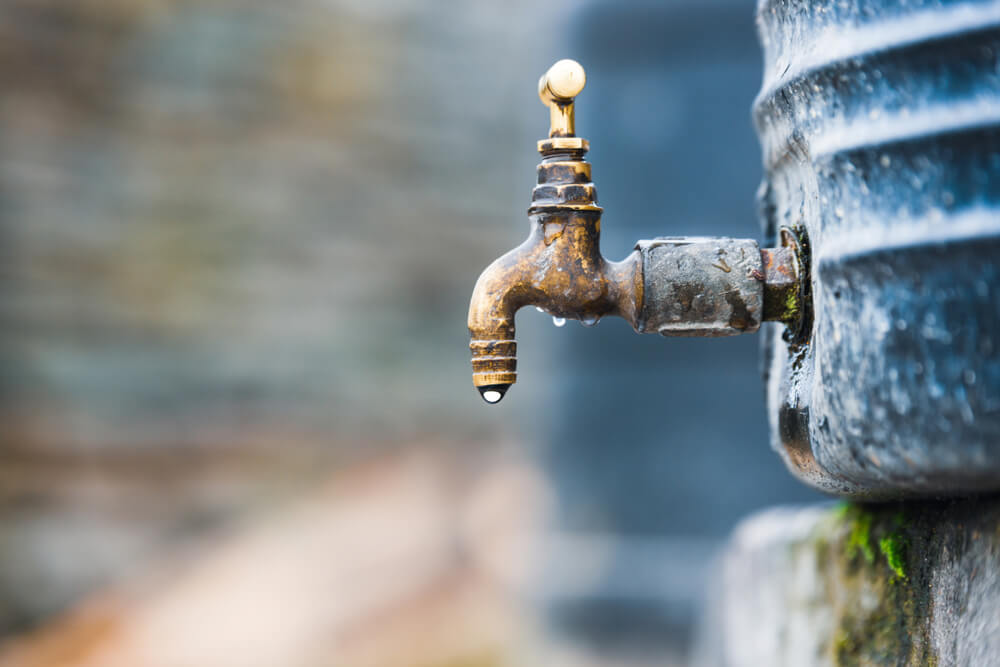
Big cities with huge populations are the most vulnerable. These regions are naturally impacted by a combination of climate change, human action and population growth.
Let's take Moscow with large fresh water reserves, and yet plagued by industrial pollution problems, as an example. Other cities to possibly run out of water are Cape Town, São Paolo, Miami, London, Tokyo, and Cairo.
With fair water treatment in the cities, the water could be turned into drinking water or at least serve other purposes and cut the drinking water usage.
